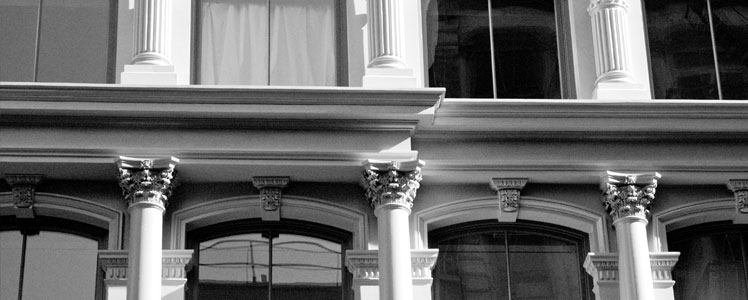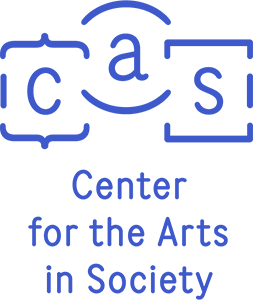March 27, 2013
ACLS New Faculty Fellow, Department of History
Carnegie Mellon University
Today, there is an assumption that artists help create a certain type of urban development. Urban policymakers seek to create and nurture arts communities, the National Endowment for the Arts and the foundation world have focused on the idea of “creative placemaking,” and former Carnegie Mellon professor Richard Florida has made a career out of exploring the connection between the creative class and dynamic urban economies. Yet it is not entirely clear why the link between artists and urban development should exist. Artists don’t often earn high incomes, and some are even explicitly anti-capitalist. Why should they help drive real estate development and retail growth? The case of Manhattan’s SoHo can begin to provide answers to this question. The history of one of the first artist-gentrified neighborhoods demonstrates how the efforts of artists in creating a new form of adaptive or reuse of industrial structures, organizing politically to legalize their homes, and speculating in local loft real estate helped create the current link between artists and urban development.
March 27th 4:30pm
Adamson Wing, BH136A
Why do Artists Create Urban Development?
A Case Study of SoHo, New York

ACLS New Faculty Fellow, Department of History
Carnegie Mellon University
Today, there is an assumption that artists help create a certain type of urban development. Urban policymakers seek to create and nurture arts communities, the National Endowment for the Arts and the foundation world have focused on the idea of “creative placemaking,” and former Carnegie Mellon professor Richard Florida has made a career out of exploring the connection between the creative class and dynamic urban economies. Yet it is not entirely clear why the link between artists and urban development should exist. Artists don’t often earn high incomes, and some are even explicitly anti-capitalist. Why should they help drive real estate development and retail growth? The case of Manhattan’s SoHo can begin to provide answers to this question. The history of one of the first artist-gentrified neighborhoods demonstrates how the efforts of artists in creating a new form of adaptive or reuse of industrial structures, organizing politically to legalize their homes, and speculating in local loft real estate helped create the current link between artists and urban development.
March 27th 4:30pm
Adamson Wing, BH136A
